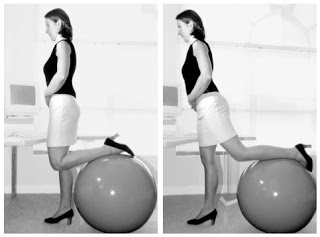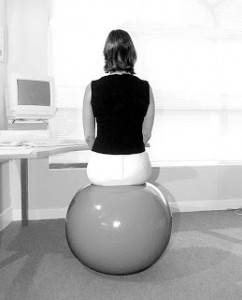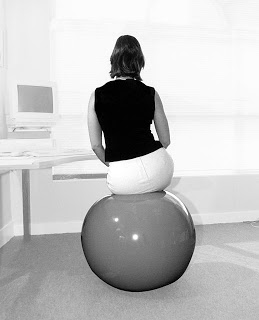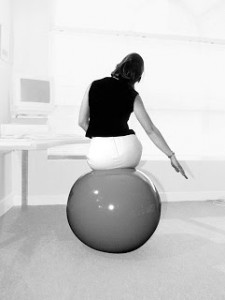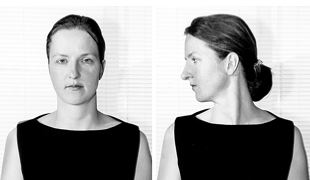The hip flexor stretch is one of the essential stretches for lower back pain.
In the pervious posts we mostly looked at stretches and back strengthening exercises in particular for the up back, neck and shoulders. Today you will be introduced to the hip flexor stretch an essential in the stretches for lower back pain. Hip flexors are those muscles that flex (= shorten the distance between two body parts) the legs towards the hips, they bend the leg towards the upper body. This movement happens in the hip joints. Hip flexors are very strong muscles because we use them all the time. Strong muscles tend to be short. Problem with the hip flexors can arise when they become too short. Then they can exasperate many back problems because they pull the pelvis forward and arch the lower back. We will examine this in detail in a later post. When you sit in work all day, your hip flexor is kept short. It is a good idea to do a hip flexor stretch at least once a day. Of all the exercises when engaging in back strengthening exercises in particular, this stretch is extremely valuable. It is one of the most valuable stretches for lower back pain. It makes any back strengthening exercises much more effective. It can greatly help to alleviate lower back pain.
Hip flexor stretch:
3. Standing on one leg lift the other ankle onto the ball, keeping the knees together.
4. Keeping the standing leg slightly bent, straighten out the other leg over the ball and backwards. You should feel a stretch in the groin and thigh. Hold this position for 20-30 seconds.
• Repeat stretch on both sides
